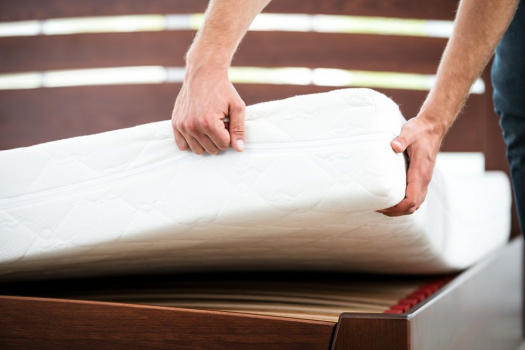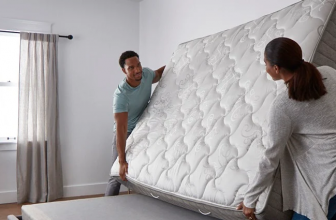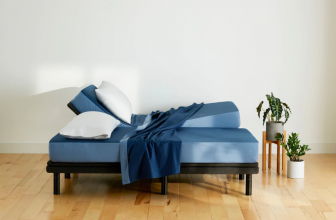Brief: How To Restore Memory Foam Mattress
- Nature of Memory Foam Mattresses: Made from durable polyurethane, memory foam mattresses conform to the sleeper’s shape and are stain, heat, and cold resistant. They are ideal for those needing more support than traditional box springs.
- Causes of Memory Foam Mattress Sagging:
- Extra Weight: Heavy usage can wear down the material, leading to sagging.
- Lack of Support: Inadequate support from the bed foundation can cause uneven pressure and sagging.
- Poor Foundation: Gaps between the mattress and its base can lead to sagging due to inadequate support.
- Restoration Tips for Memory Foam Mattresses:
- Use a Mattress Pad or Topper: This helps improve the condition and prevent further sagging.
- Add More Mattress Support: Consider a new foundation or reinforce the existing one.
- Rotate the Mattress: Regular rotation (as frequently as once a month) ensures even usage and prolongs mattress quality.
- FAQs:
- Restoration Methods: Rotate regularly, vacuum frequently, and use a mattress protector.
- Reviving a Sagging Mattress: Use a support board or plywood, rotate often, and use a mattress pad.
- Replacement Frequency: Every 7-15 years, depending on quality and care.
- Cleaning: Steam cleaning is possible but not recommended due to potential damage.
- Mattress Protector: Use breathable, natural materials like cotton.
- Conclusion:
- Memory foam mattresses can sag over time due to factors like excess weight and poor foundation. Restoration involves using mattress pads or toppers, improving bed support, and regular mattress rotation. Proper care, including using a suitable mattress protector and avoiding steam cleaning, can extend the life of a memory foam mattress.
Memory foam is made of durable, thick material. It has an impressive weight limit, and its resilience makes it an excellent mattress for those looking for a long-term investment.

However, memory foam mattresses can sag over time due to normal wear and tear or other factors like excess weight or bad foundation. To restore your memory foam mattress, you may use a mattress pad or topper, improve bed foundation and mattress support. For more comprehensive information, keep reading the article.
What Is A Memory Foam Mattress?
Memory foam is a type of polyurethane that can be compressed. The material has an impressive weight limit and offers many benefits, such as its resilience and ability to conform to the sleeper’s shape.
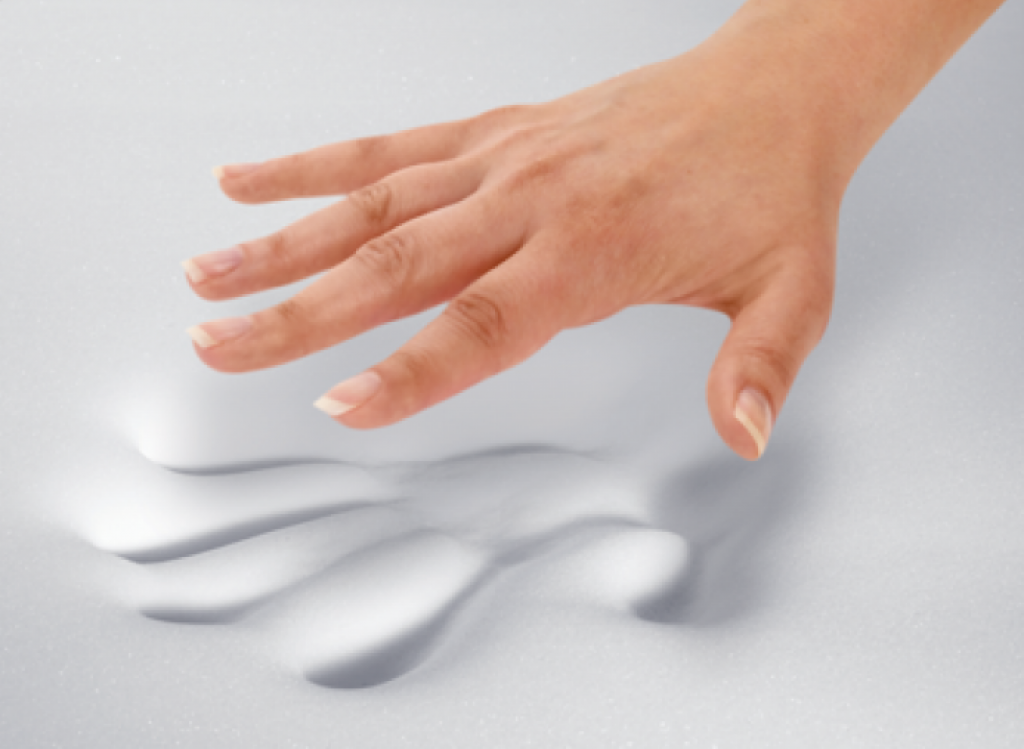
It is an excellent material for a bed or any other type of furniture. Still, it also makes a great mattress for those who need more supporting material than traditional box springs offer. The material is stain-resistant and resistant to heat and cold, making it a good choice for those who use their mattresses in colder climates or have children.
What Causes A Memory Foam Mattress To Sag?
Memory foam mattresses are excellent investment pieces, but once they begin to sag over time due to normal wear and tear, the material can lose its ability to contour to the sleeper’s shape. It can be damaging for those who buy these beds with an expectation of them lasting longer. There’re some reasons for mattress sagging, mentioned below.
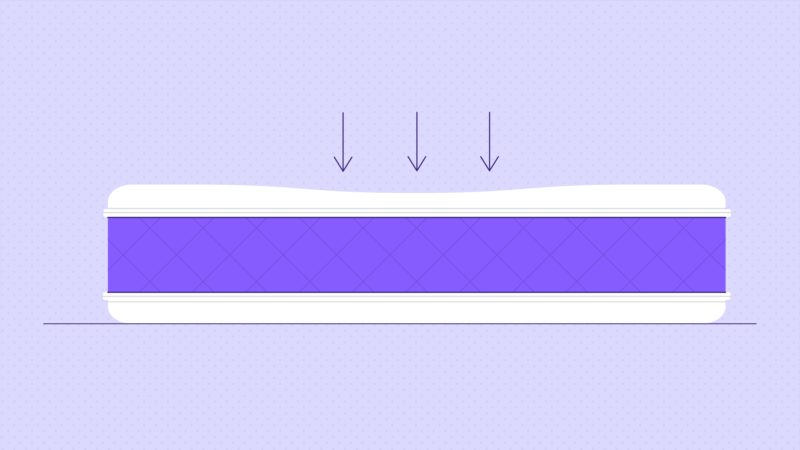
Extra Weight
Memory foam is a durable material with an impressive weight limit, but it can sag over time because of excessive weight. For example, heavy people who use a memory foam mattress to sleep on can cause the bed to sag and deform. Extra weight can wear down the material and can be detrimental to its quality over time. It is essential to keep factors in mind, such as weight, when purchasing to prevent excessive sagging.
Lack Of Support
Memory foam mattresses are also affected by a lack of support where extra support is needed. For instance, if your foundation does not provide enough support for the base of the bed frame, it may impact how much pressure is put on the memory foam material of the mattress itself when you lay down or get up in bed.
Poor Foundation
Memory foam mattresses are also affected by the poor foundation. If your frame or other foundation has many space gaps between the mattress and its platform, it can affect the material and cause it to sag. For example, a queen-size memory foam mattress on a low frame with about one inch of space in between can cause the bed to sag due to lack of support.
How To Restore Memory Foam Mattress: 3 Valuable Tips
If your memory foam mattress starts sagging due to any of these factors, you should take action quickly to prevent additional complications. By following these three tips, you can help your memory foam mattress last much longer.
Use A Mattress Pad Or Mattress Topper
Suppose excessive weight or other factors is affecting the quality of your memory foam mattress. In that case, you should consider using a mattress pad or topper to help the material improve its condition and prevent additional sagging. Although these bed accessories will not be as durable as your memory foam mattress, they will provide quick results, and they are affordable to purchase.
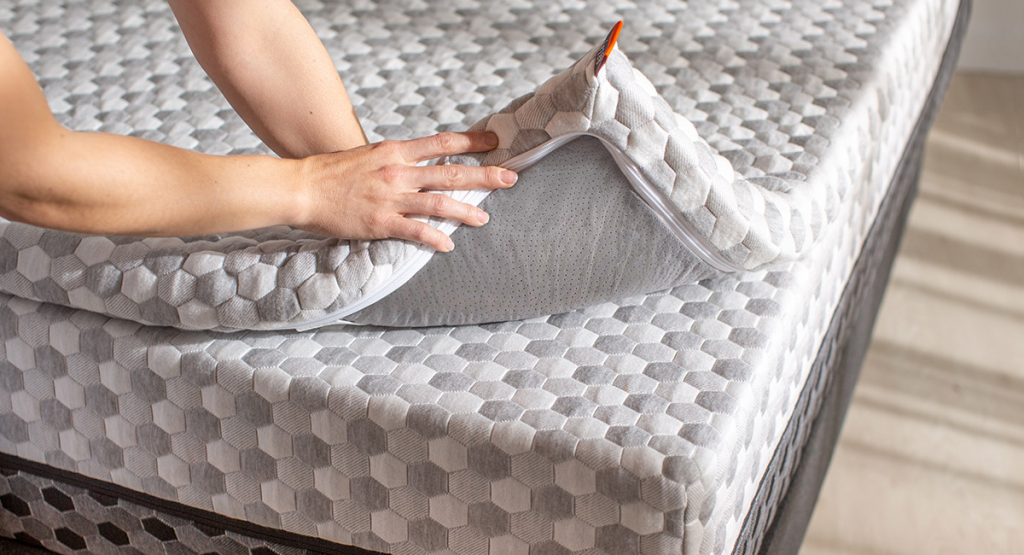
Add More Mattress Support
If your memory foam mattress is sagging because of a lack of support, you should make an effort to add more support. This can be done by purchasing a new foundation or adding another frame underneath the existing one with plywood.
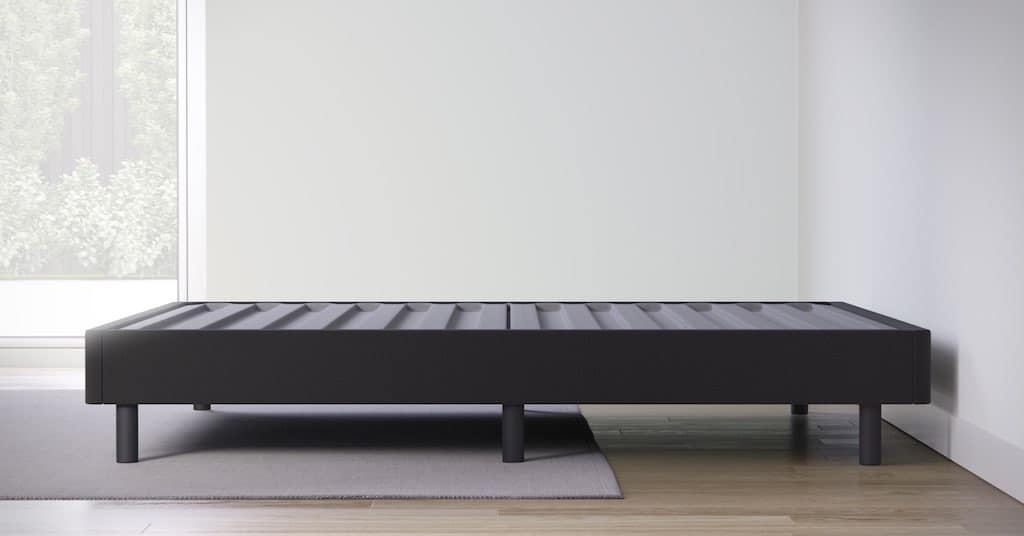
Suppose you do not want to purchase an additional foundation. In that case, you can add more support by adding another mattress and placing it underneath the memory foam mattress for added support (this is especially effective if you are sleeping on your memory foam mattress in addition to using it as your primary bed).
Rotate The Mattress
Rotating the mattress can prevent it from sagging over time. Rotating your memory foam mattress can provide better support to the material because it will allow both sides of the bed to be evenly used. Rotating your mattress as frequently as once a month will help prolong its quality.

FAQ
What is a Memory Foam Mattress?
A Memory Foam Mattress is a type of mattress made from a viscoelastic material designed to contour your body for maximum support and comfort.
How can I restore a memory foam mattress?
Restoring a Memory Foam Mattress can be done by rotating it every 3 to 6 months, vacuuming it on a regular basis, and using a mattress protector to protect it from spills.
Is it possible to revive a sagging memory foam mattress?
Yes, sagging Memory Foam Mattresses can be revived by placing a board or plywood under the mattress, rotating it often, and using a mattress pad to protect it.
How often should a Memory Foam Mattress be flipped?
Memory Foam Mattresses should be flipped every three to six months to ensure even wear and to help prevent sagging.
How often should I replace my Memory Foam Mattress?
Generally, Memory Foam Mattresses should be replaced every 7-15 years, depending on the quality and care given to them.
Can I clean my Memory Foam Mattress with a steam cleaner?
While it is possible to clean a Memory Foam Mattress with a steam cleaner, it is not advisable to do so as it can damage the foam.
What type of mattress protector should I use with my Memory Foam Mattress?
It is important to use a mattress protector with your Memory Foam Mattress to help protect against spills and staining and to help keep the mattress clean and fresh. A mattress protector made of natural, breathable materials like cotton is ideal.
You may want to revisit some parts of the article

